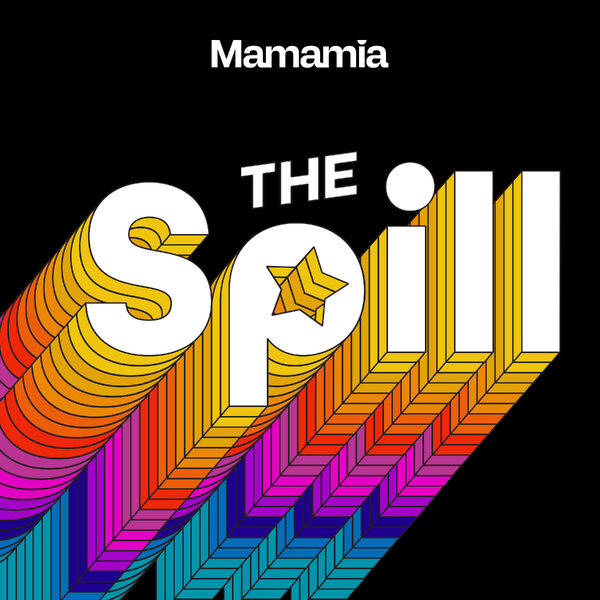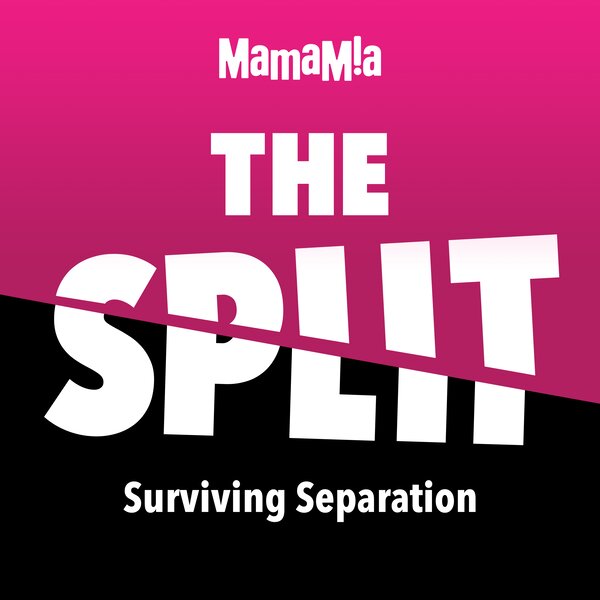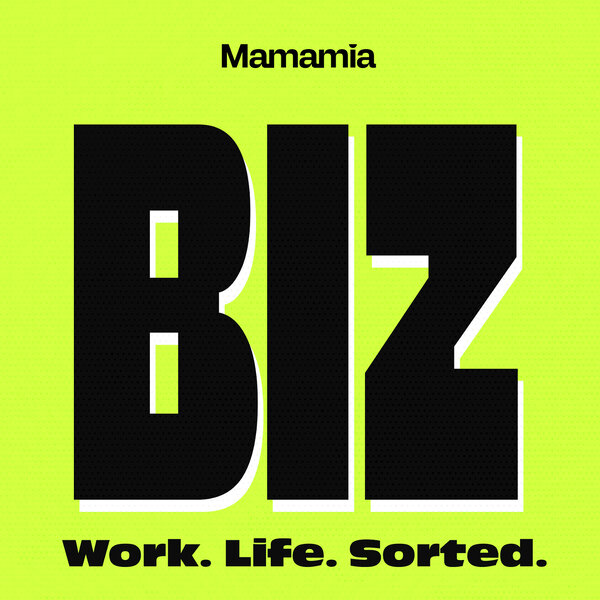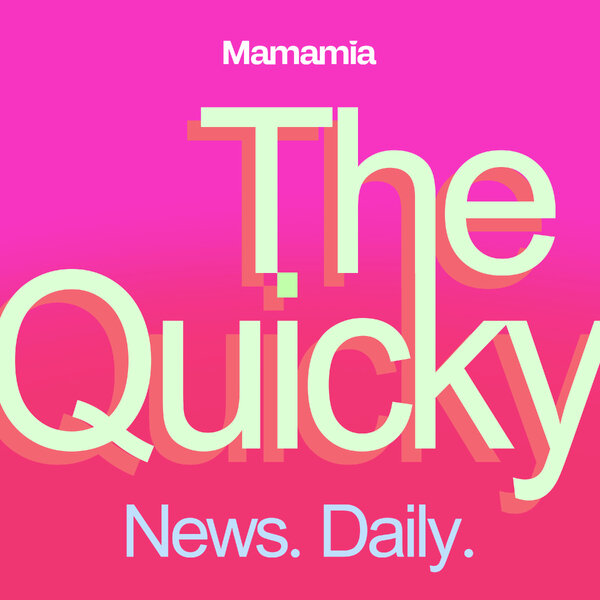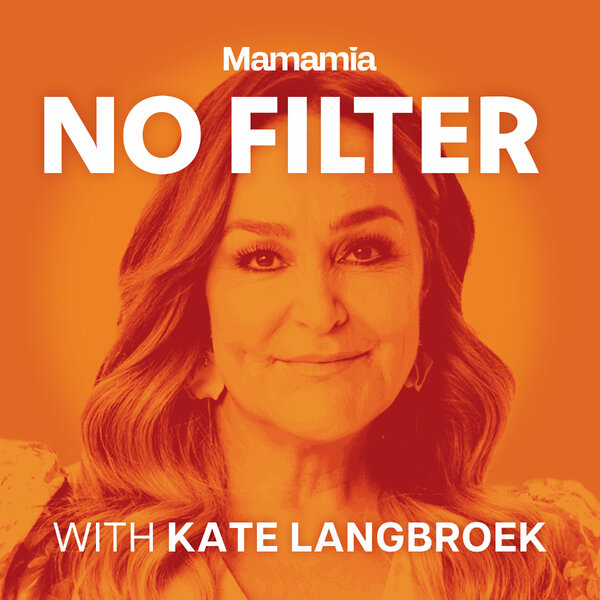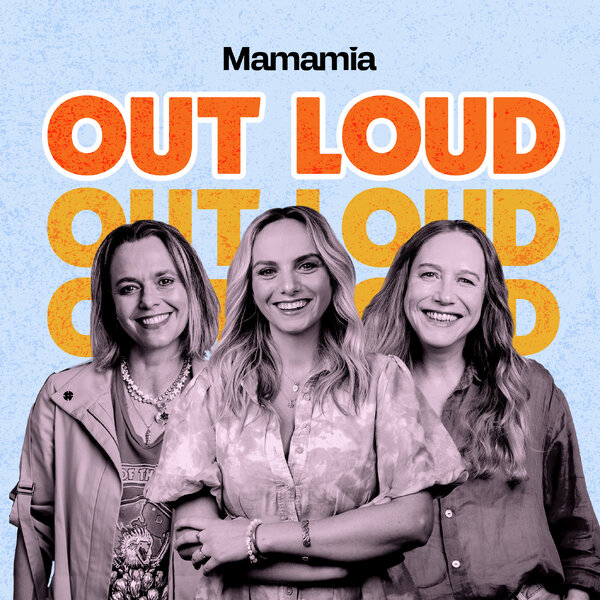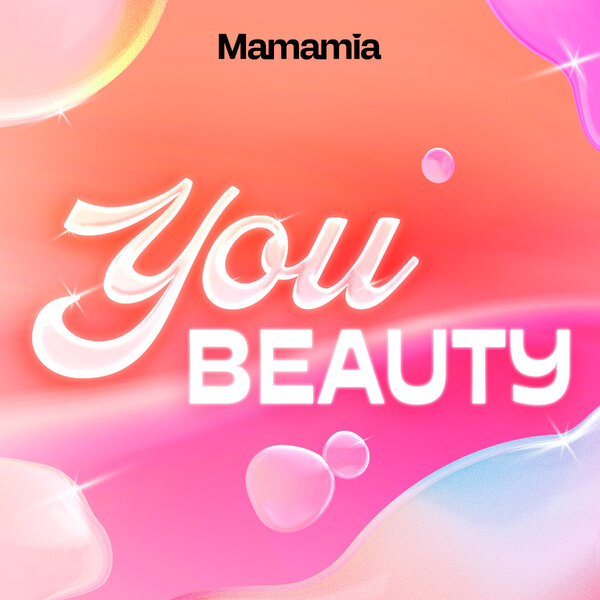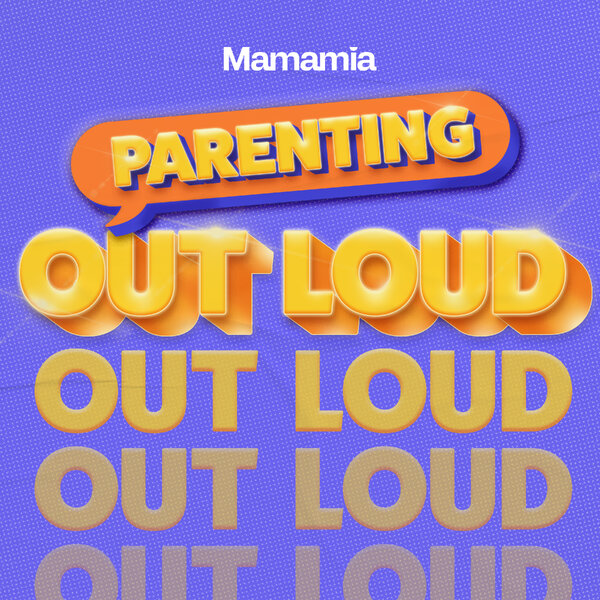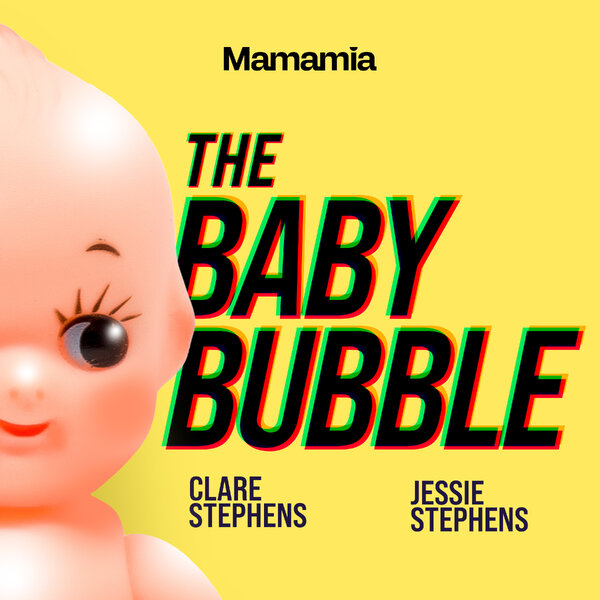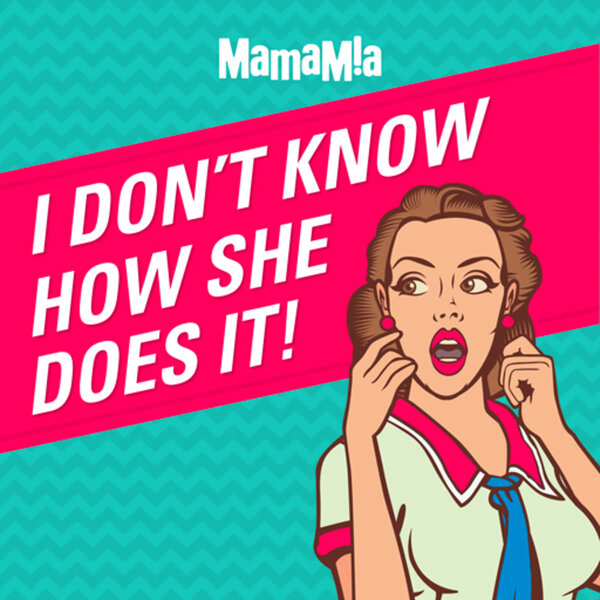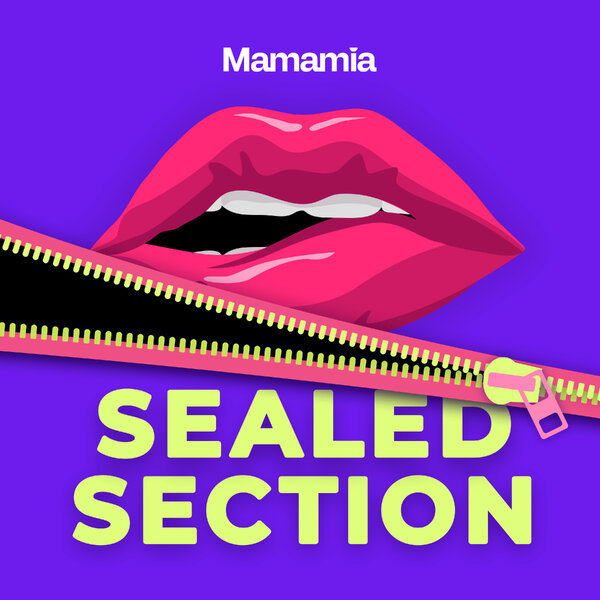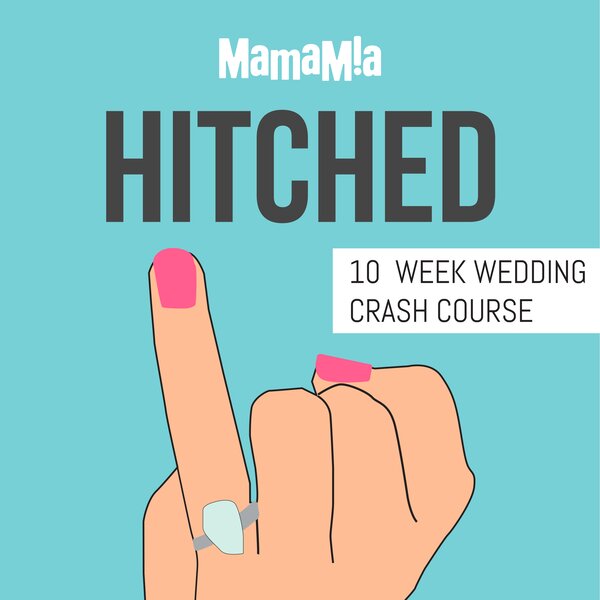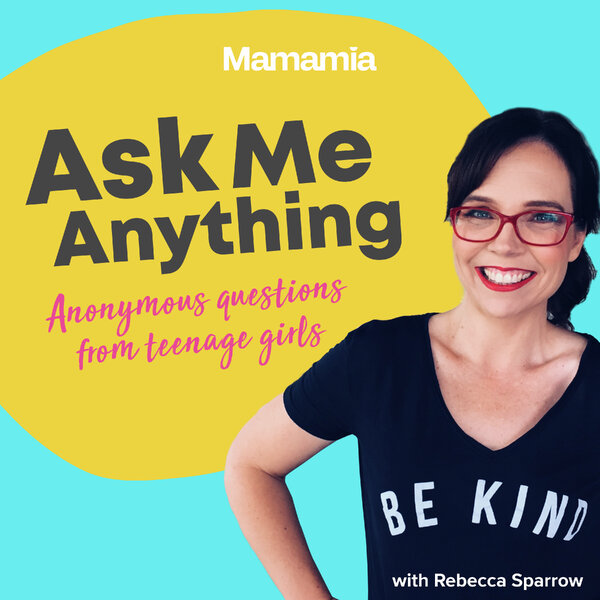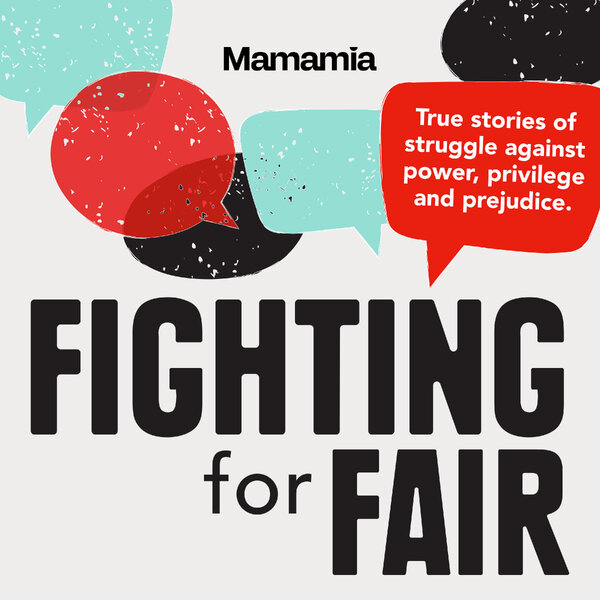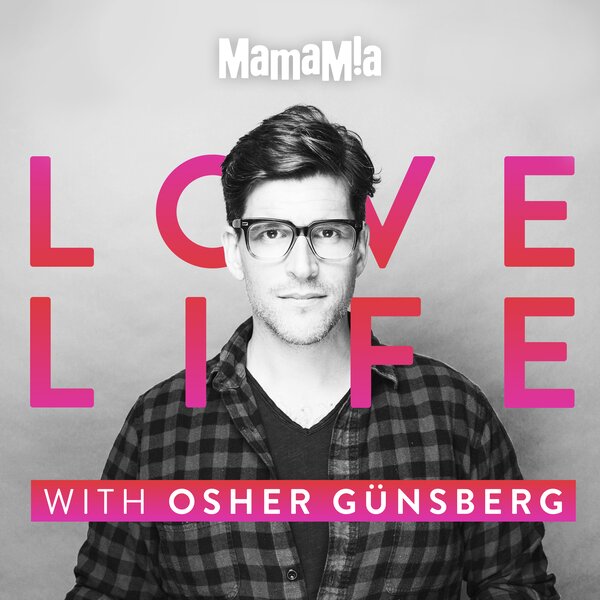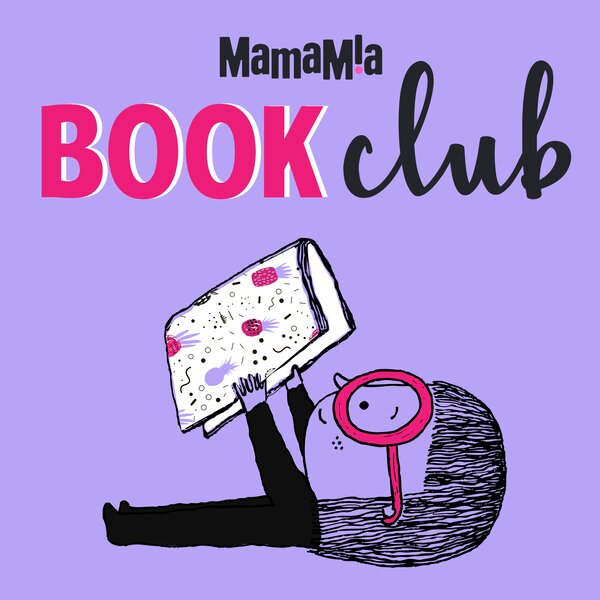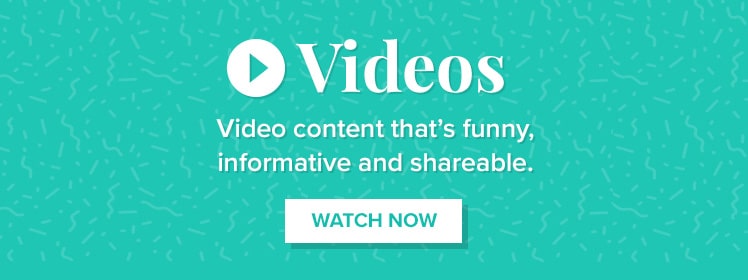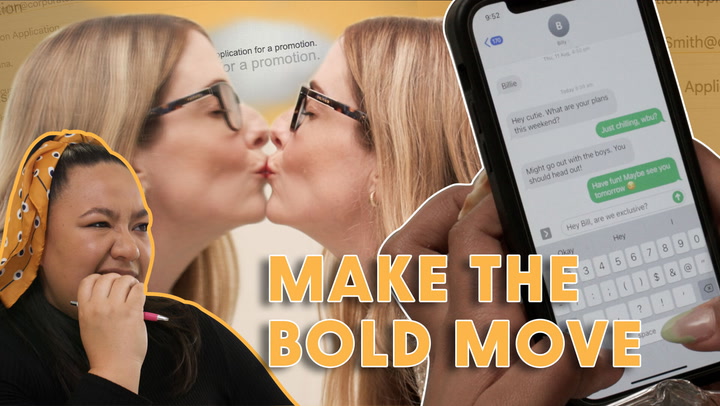
If you want to support independent women's media, become a Mamamia subscriber. Get an all-access pass to everything we make, including exclusive podcasts, articles, videos and our exercise app, MOVE.
As I watched last night's premiere of The Golden Bachelor — featuring 61-year-old Barry 'Bear' Myrden and a cast of alluring, capable and independent women, aged 51 to 66 — I was struck by two things.
One is that we need more women aged over 50 on our TV screens — their honesty and 'I don't care' attitude makes for great television viewing.
The second is the silent but fast emerging class divide that is playing out among middle-aged women between those who can afford cosmetic procedures and those who can't.
The Golden Bachelor contestants — glamorous, glowing, and seemingly ageless — represent a version of midlife that is not just unfamiliar to many of us but increasingly unattainable.
Watch: We asked the cast of The Golden Bachelor what their first impressions were of Bear. Post continues below.
Their appearance isn't just the result of good genes, great lighting, a knock-out dress and great hair and makeup, but for many of them, it's also the product of access, privilege, and investment.
